Students

Anirudh is a Machine Learning Engineer at Cruise. He graduated with a Master of Science in Computer Vision (MSCV) from Carnegie Mellon University in December 2022. He completed his undergraduate degree in Computer Science at BITS Pilani, India in 2021. He interned at Harvard VCG under the supervision of Dr. Hanspeter Pfister where he worked on improving mask quality for video instance segmentation and published work at CVPR’21 and CVPR’22. He also worked with Dr. Narendra Ahuja at the University of Illinois at Urbana-Champaign CVRL on detecting vital signs from RGB videos. As a summer intern at Cruise, he worked on multi-task learning and task-incremental learning for robust long-tail perception.
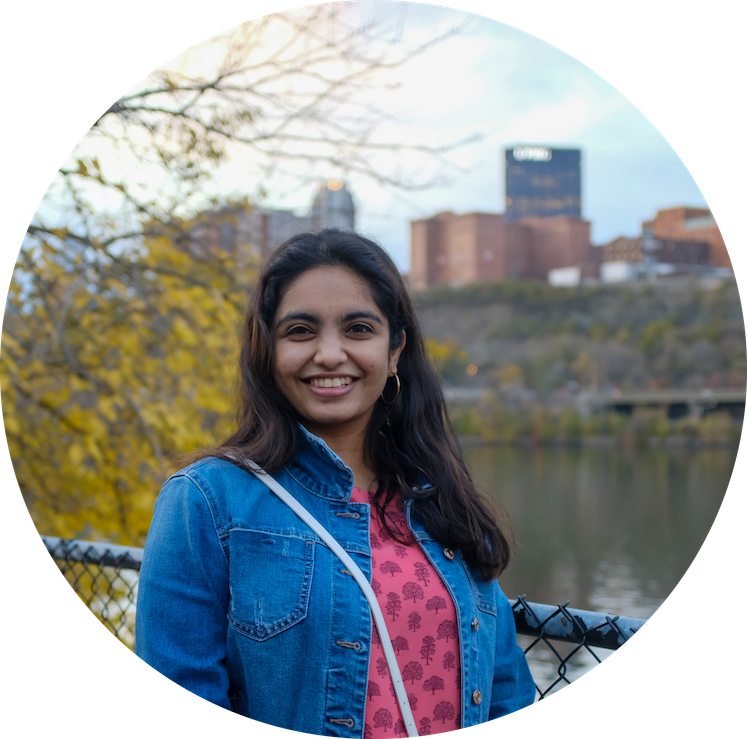
Meghana is a graduate student pursuing her Master of Science in Computer Vision (MSCV) at Carnegie Mellon University. She completed her undergraduate degree from National Institute of Technology Warangal, India. She worked under the supervision of Dr S.N Omkar in the Computational Intelligence lab at Indian Institute of Science, Bangalore where she worked on facial recognition systems (published at ICCV’17). Prior to CMU, she worked at Samsung Semiconductors India R&D as a hardware engineer where her work primarily involved designing computer vision based silicon for Advanced Driver Assistance Systems and Virtual based products. Her current interests lie in developing robust and scalable algorithms to solve problems in perception.
Advisors
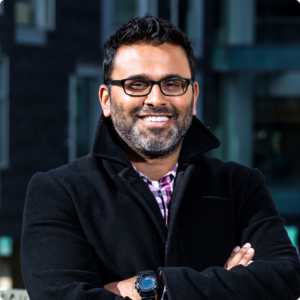
Dr. Deva Ramanan is a Professor in the Robotics Institute at Carnegie Mellon University and the director of the CMU Argo AI Center for Autonomous Vehicle Research. His research focuses on computer vision, often motivated by the task of understanding people from visual data. His work tends to make heavy use of machine learning techniques, often using the human visual system as inspiration. For example, temporal processing is a key component of human perception, but is still relatively unexploited in current visual recognition systems. Machine learning from big (visual) data allows systems to learn subtle statistical regularities of the visual world. But humans have the ability to learn from very few examples.

Prof. Dr. Laura Leal-Taixé is a tenure-track professor (W2) at the Technical University of Munich, leading the Dynamic Vision and Learning group. Before that, she spent two years as a postdoctoral researcher at ETH Zurich, Switzerland, and a year as a senior postdoctoral researcher in the Computer Vision Group at the Technical University in Munich. She obtained her PhD from the Leibniz University of Hannover in Germany, spending a year as a visiting scholar at the University of Michigan, Ann Arbor, USA. She pursued B.Sc. and M.Sc. in Telecommunications Engineering at the Technical University of Catalonia (UPC) in her native city of Barcelona. She went to Boston, USA to do her Masters Thesis at Northeastern University with a fellowship from the Vodafone foundation. She is a recipient of the Sofja Kovalevskaja Award of 1.65 million euros for her project socialMaps.
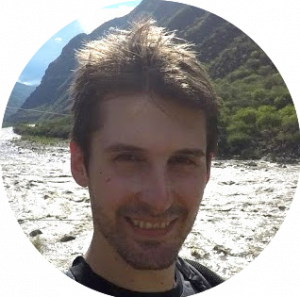
Aljosa is working towards scaling object detection, segmentation, and tracking models to the open world and learning from raw, unlabeled streams of sensory data. He obtained his M.Sc. degree at the University of Bonn and Ph.D. at RWTH Aachen University under the supervision of Prof. Dr. Bastian Leibe. Currently, he is working with Prof. Deva Ramanan at the CMU Robotics Institute (visiting postdoc) and Prof. Laura Leal-Taixe (Dynamic Vision and Learning Group) at the Technical University of Munich.
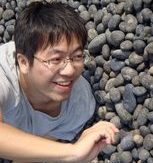
Shu is an incoming assistant professor at Texas A&M University in the CSE department, where I lead the Computer Vision Lab. He is a postdoctoral fellow at the Robotics Institute, CMU, working with Deva Ramanan. He received a Ph.D. from UC-Irvine, where he worked with Charless Fowlkes.
Project Responsibilities
Meghana and Anirudh contributed equally to this project.
